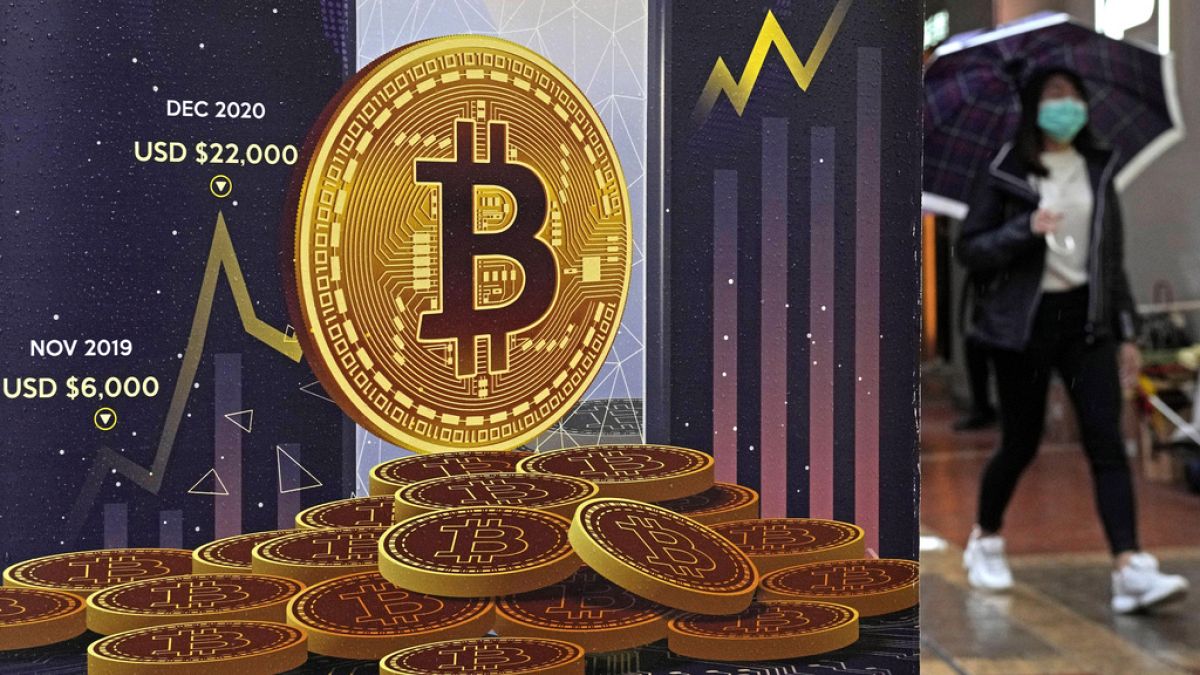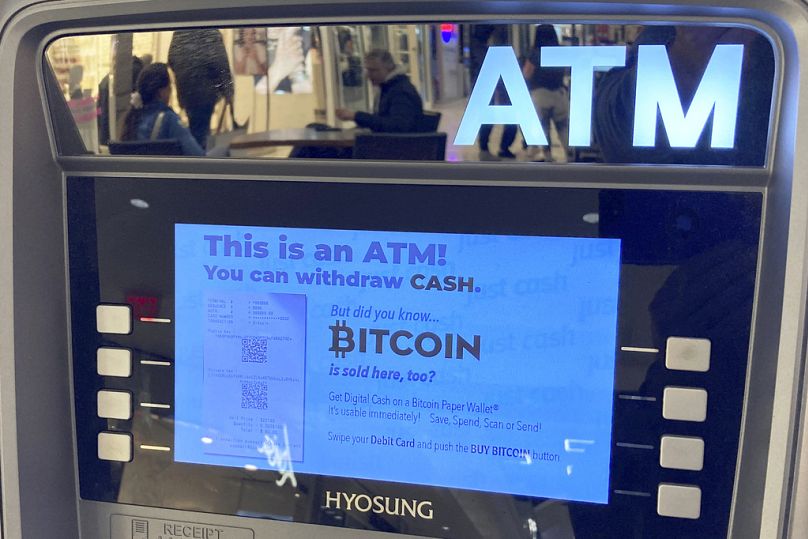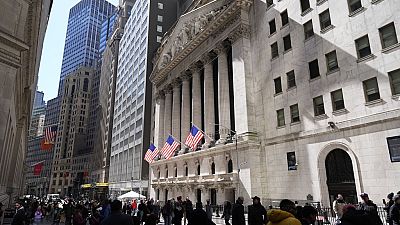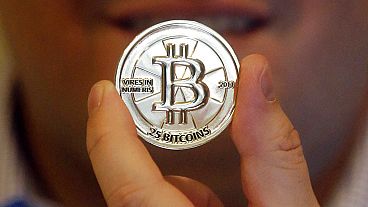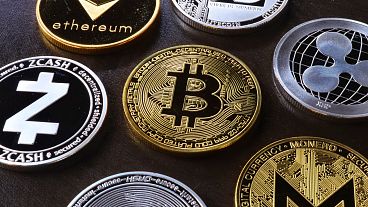Bitcoin prices usually rise for several months following a halving event. However, this time, the market expects the halving to be different.
The fourth Bitcoin halving event is almost upon us with, if history is any indicator, the cryptocurrency likely to see a post-halving surge.
Bitcoin halving is an event that takes place approximately every four years, which sees the number of bitcoins released as mining rewards decrease by 50%. Currently the Bitcoin reward is 6.25 BTC. However, after the fourth halving, the reward will fall to 3.125 BTC.
As a result, the amount of Bitcoins in circulation becomes even scarcer, causing a surge in demand amongst investors. This is mainly because Bitcoin has a finite supply, with only a maximum of 21 million coins in circulation forever.
So far, there have been three Bitcoin halvings, with the next one being expected on or around 19 or 20 April. The last Bitcoin halving happened on 11 May 2020, with the previous ones being on 9 July 2016 and 28 November 2012.
These halvings are pre-programmed into Bitcoin's blockchain software and usually happen once every 210,000 blocks mined. Due to the uncertainty of how long it will take to mine the next 210,000 blocks, following the previous Bitcoin halving event, it is very difficult to predict the exact date of the next halving.
However, an approximate estimate can be made based on the average amount of time it usually takes to mine one block. Currently, it takes an average of 10 minutes to mine one Bitcoin block, with 834,327 blocks already having been mined as of 17 April.
A Bitfinex report released on 15 April suggests that investors could be buying up more bitcoin now in anticipation of the cryptocurrency's value surging in the next few months.
"As the Bitcoin halving draws near - expected by Saturday 20 April-the amount of BTC leaving exchanges has hit the highest point since January 2023 last week. Simultaneously, the one-year-plus inactive supply, that is, the total number of BTC that has not been moved in over 365 days has plummeted. This implies that the market is at a major inflection point.
"On Friday 12 April, the net amount of BTC that left centralised exchanges (CEXes) was 6,767 BTC, which is the highest daily outflow since January 2023. This trend on face-value suggests that investors are stocking up on BTC and moving their holdings to cold storage in anticipation of potential price increases post-halving, a period when the reward for Bitcoin mining is halved, thus reducing the supply of new BTC entering the market.
"The current actions of Bitcoin holders mirror those seen in December 2020, just before a significant rise in the Bitcoin market. This pattern suggests we may be entering a similar growth phase.
"Over the past month, we have seen long-term holders (LTHs) investors who have held their BTC for more than 155 days - actively selling off their coins at a rate of about 16,800 BTC daily."
Will Bitcoin surge following the 2024 halving event too?
Typically, Bitcoin prices continue to surge for a good few months following a halving month, rising, on average, for seven months. However, this rally is also seen as a forewarning sign for what is inevitably a market crash or downturn, due to a number of investors, especially long-term ones, selling their Bitcoin holdings and cashing in on the post-halving gains.
On the other hand, analysts expect Bitcoin price movements to be slightly different following the upcoming halving, due to Bitcoin already having seen considerable surges, and even new record highs before the halving itself. As such, the entire price cycle that usually surrounds this event seems to have gotten a lot more compressed.
Brett Hillis, Partner at Reed Smith, said in an email note: "This cycle's halving is unique. Historically, the halving has driven a significant price increase, but this time around, Bitcoin is already not far from record levels.
"It's difficult to say whether this could limit how high the price could rise, but we could well be in store for some price volatility. In such circumstances, we could see a significant growth in disputes within the crypto ecosystem.
"The SEC's approval of spot Bitcoin ETFs provided the market with a shot in the arm back in January, and the recent ETF approval in Hong Kong has pushed up values even further. The regulatory approvals for investment products based on Bitcoin enable regulated retail investment in the asset class, which can cushion the volatility we tend to witness.
"Whilst the US and Hong Kong ETF approvals enable regulated retail investment in the asset class using that structure, the EU markets have had to take a different path. EU firms are restricted by the UCITS regime, which limits investment in ETFs to various traditional investment types, meaning a Bitcoin ETF is not possible under the current regulatory regime.
"The absence of a regulatory regime that enables Bitcoin ETFs has led the EU market in a different direction, which is the listing of various digital asset exchange-traded notes."
Why prices may not surge this time
Another key reason why this Bitcoin halving may not prompt quite as large a price surge as the last halving in 2020, is due to the US Federal Reserve having a considerably relaxed monetary policy back then. This meant that interest rates at the time were relatively low.
However, in the past several months, that has changed considerably, with the US Federal Reserve having raised interest rates in order to combat sticky-high inflation. Higher interest rates have led to greater interest in things such as US Treasuries and other interest-paying assets and investments.
In turn, this has also led to people stepping back from riskier assets such as Bitcoin and other cryptocurrencies. Although there have been increasing hints about the US Fed cutting rates sometime in the coming few months, it is still uncertain as to when exactly this may be.
Thus, investors may still be cautious to invest quite as much in Bitcoin before rates are cut. Another major factor for this hesitancy is that cost of living is still soaring in several parts of the world, leaving a number of investors struggling to afford basic necessities and mortgages, significantly eroding away disposable income.
In this case, when consumers invest, apart from interest-bearing assets, they may also move towards inflation hedges such as gold and other precious metals.
Although Bitcoin is by far the most well-recognised cryptocurrency, it is also one of the most expensive to invest in, due to its growing popularity, which could be another hurdle for new investors to secure a slice of the pie.
Bitcoin has also been seeing increased competition from other cryptocurrencies such as Ethereum, Tether, XRP and Binance Coin, to name a few. Not only can these be far cheaper to invest in, but they also sometimes boast better features than Bitcoin, such as increased privacy, better smart contract functionality and quicker transaction times.
